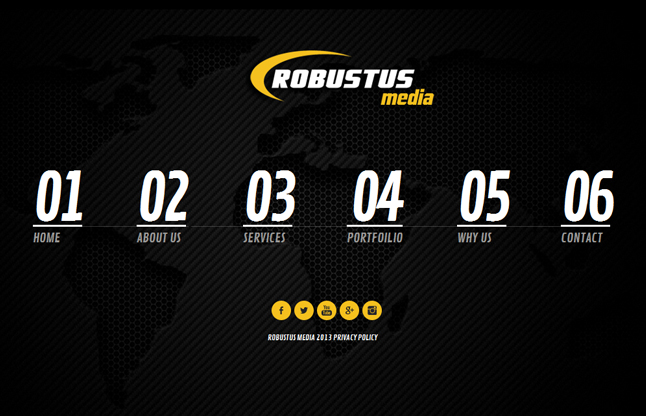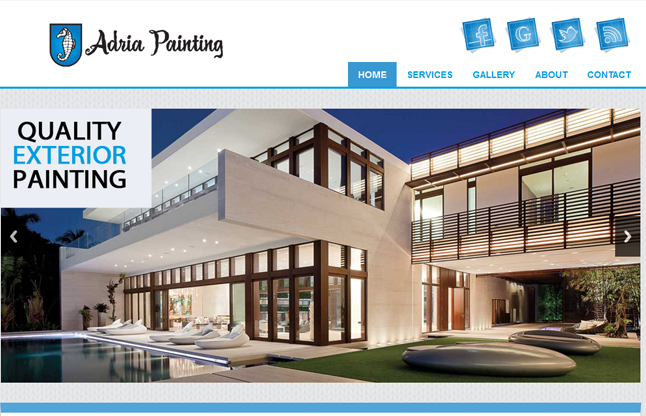DigDev Michael Richmond Tells us about Website Design
Web design encompasses many different skills and disciplines in the production and maintenance of websites. The different areas of web design include web graphic design; interface design; authoring, including standardised code and proprietary software; user experience design; and search engine optimization. Often many individuals will work in teams covering different aspects of the design process, although some designers will cover them all. The term web design is normally used to describe the design process relating to the front-end (client side) design of a website including writing mark up. Web design partially overlaps web engineering in the broader scope of web development. Web designers are expected to have an awareness of usability and if their role involves creating mark up then they are also expected to be up to date with web accessibility guidelines.

Web designers use a variety of different tools depending on what part of the production process they are involved in. These tools are updated over time by newer standards and software but the principles behind them remain the same. Web graphic designers use vector and raster graphics packages for creating web formatted imagery or design prototypes. Technologies used for creating websites include standardised mark-up, which could be hand-coded or generated by WYSIWYG editing software. There is also proprietary software based on plug-ins that bypasses the client’s browsers versions. These are often WYSIWYG but with the option of using the software’s scripting language. Search engine optimisation tools may be used to check search engine ranking and suggest improvements..
Users understanding the content of a website often depends on users understanding how the website works. This is part of the user experience design. User experience is related to layout, clear instructions and labeling on a website. How well a user understands how they can interact on a site may also depend on the interactive design of the site. If a user perceives the usefulness of that website, they are more likely to continue using it. Users who are skilled and well versed with website use may find a more unique, yet less intuitive or less user-friendly website interface useful nonetheless. However, users with less experience are less likely to see the advantages or usefulness of a less intuitive website interface. This drives the trend for a more universal user experience and ease of access to accommodate as many users as possible regardless of user skill. Much of the user experience design and interactive design are considered in the user interface design. Advanced interactive functions may require plug-ins if not advanced coding language skills. Choosing whether or not to use interactivity that requires plug-ins is a critical decision in user experience design. If the plug-in doesn't come pre-installed with most browsers, there's a risk that the user will have neither the know how, nor the patience to install a plug-in just to access the content. If the function requires advanced coding language skills, it may be too costly in either time or money to code compared to the amount of enhancement the function will add to the user experience. There's also a risk that advanced interactivity may be incompatible with older browsers or hardware configurations. Publishing a function that doesn't work reliably is potentially worse for the user experience than making no attempt. It depends on the target audience if it's likely to be needed or worth any risks..



